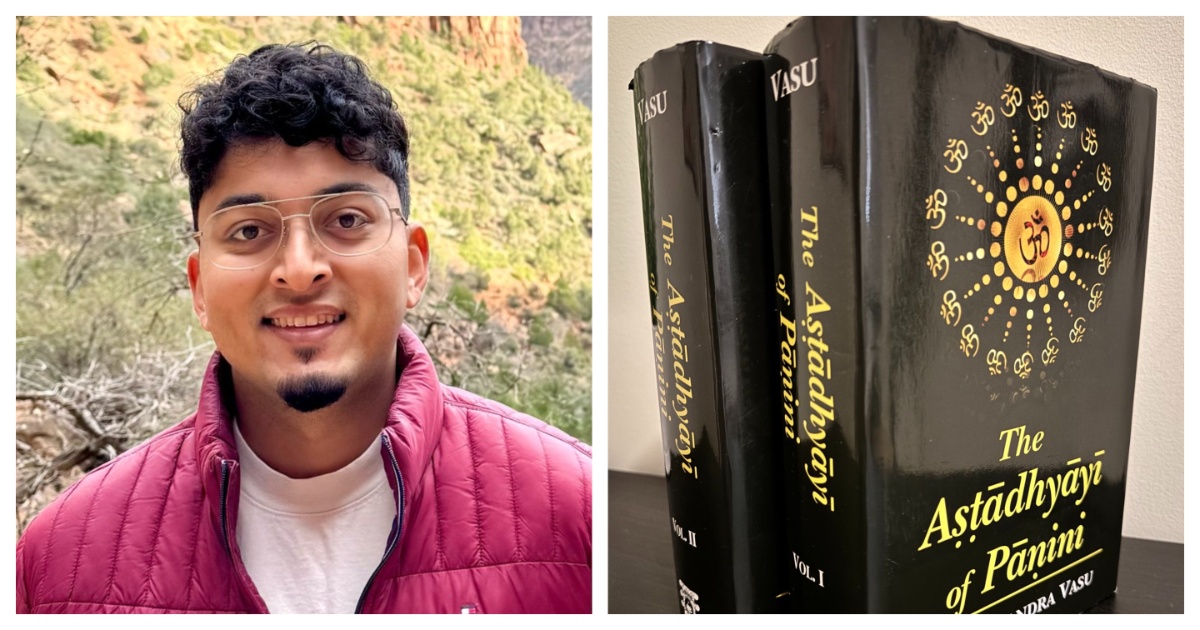Indian knowledge systems might be millennia-old, but they’re still influencing the cutting-edge of AI research.
A researcher at OpenAI has said that he’s working on LLMs partly because he fell in love with Panini’s Aṣṭādhyāyī, the treatise on Sanskrit grammar and language written around 5th century BCE. “I probably wouldn’t be working on LLMs today if i hadn’t fallen in love with linguistics, in large part due to the Aṣṭādhyāyī,” wrote OpenAI researcher Rohan Pandey. “2500 years ago Pāṇini realized the structure of language in the mind is entirely computational, and distilled it into <4k morphophonemic lines of code,” he added.

The Aṣṭādhyāyī by Pāṇini, composed around the 6th–5th century BCE, is a foundational Sanskrit grammatical treatise that systematized the language’s structure with unprecedented precision. Organized into eight chapters and 4,000 sūtras (aphorisms), it codifies phonetics, morphology, and syntax, distinguishing between spoken and sacred Sanskrit usage. The text employs a generative framework using metarules, transformations, and recursion to derive grammatically correct words and sentences. Its influence extends beyond linguistics, with modern scholars likening its logical structure to computational models like the Turing machine.
Aṣṭādhyāyī functions as a language machine, where roots and suffixes are algorithmically combined via rules to produce valid Sanskrit. It also has meta rules, which resolve conflicts between overlapping rules through a system of prioritization. Modern LLMs like ChatGPT also generate the next word in a response after reading through the previously generated text using neural networks that are trained on vast reams of existing text.
Pāṇini’s Aṣṭādhyāyī is only the latest Indian and Hindu work that seems to have influenced OpenAI’s executives. OpenAI CEO Sam Altman has repeatedly stressed on his belief in OpenAI’s Adavaita Vedanta philosophy, saying on X that he believed that Atman is the same as Brahman, which is the core of Advaita Vedanta’s non-dualism. He’s also said that he’s read Ramana Maharshi, saying that he believed that Ramana’s “Who am I” line of inquiry for self realization, and has quoted the Bhagawad Gita on X. Altman has also briefly lived in an ashram after selling his first company, Loopt. Apart from this, Emmett Shear, who was briefly OpenAI’s CEO when Altman was sidelined in an internal coup, had once compared agents to the parts of the mind in Hindu philosophy. “An agent is defined by its Buddhi, Manas, Ahankara and Chitta. By which I mean, its loss function, context vector, boundary and world model..the problem with LLMs is their weak ahankara, incidentally,” he had posted on X. And with another OpenAI researcher saying that the insights of Panini led to his decision to work on LLMs, it appears that Indian scientific and philosophical works are echoing through the millennia, and helping influencing AI research in 2025.
